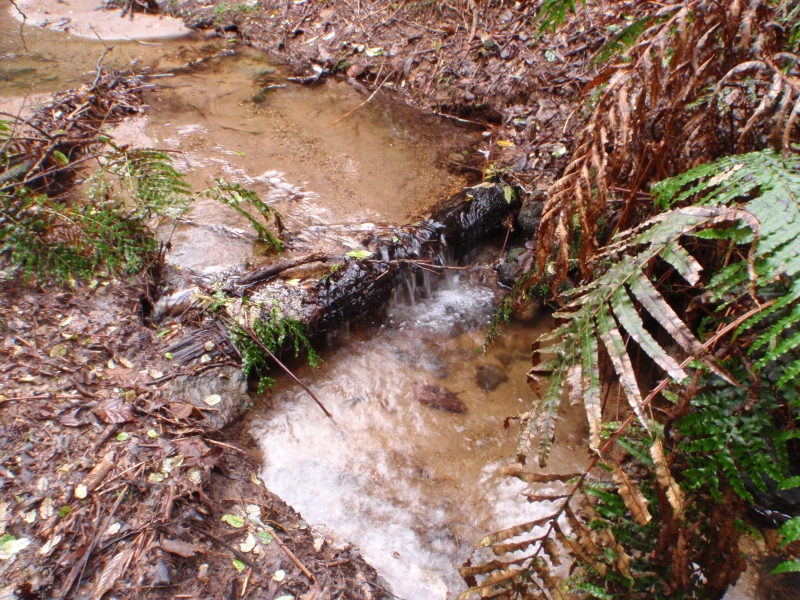Fish species thrive in a variety of different habitats. For example, inanga and banded kokopu live mainly in pools, redfin bullies live in runs and riffles, torrentfish and bluegill bully prefer rapids while eels are found in nearly every freshwater habitat.
The preferred habitats for adult and juvenile native fish species are indicated in the table at the bottom of the page, and by a measure of their preference for pools vs rapids as measured by the froude number (a measurement of the interaction between water velocity and substrate, as seen on the y axis in the final graph "Fish species habitat use, showing the transition from rapids to pools").
Determine which physical habitats occur in your streams to help identify which species should be there. Knowledge of these habitats will help identify what habitat is lacking and needs restoration.
What to do:
To determine what aspect of physical habitat you can realistically restore, you may need to obtain engineering and hydrological advice. Re-engineering streams to change water flow can involve channelling, deepening and widening.
Adding rocks, rubble and wood can be used to create a diverse range of flow types.
Information on restoring inanga habitat is provided in A guide to restoring inanga habitat.
Where re-engineering involves large earthmoving works, you will need to obtain resource consents from regional councils, but adding rocks to create pools and riffles may be covered under existing rules.
Changes to stream channel structure and substrate should be designed to work with the flow regime, not against it. Information on how flow can affect habitat can be found in Restoring flow.
Riparian planting can stabilise stream banks and, in the long-term, encourage the development of wider, shallower stream channels. Information on how flow can affect habitat can be found in Restoring riparian flow and instream cover.
In large rivers, flushing flows from dams can potentially be used to break up embedded cobbles when flood flows are reduced by dams. This removes silt and may help restore invertebrate habitats. Companies operating dams may be reluctant to flush water, so you will probably need to initiate restoration work through the resource consent process.
Table: Preferred habitat type, water depth, water velocity, substrate and stream type for adult and juvenile native fish species
| Species | Habitat type | Average water depth (cm) | Average water velocity (cm/s) | Average substrate diameter (mm) | Stream gradient (slope in degrees) | Flood tolerance (days of rain >25 mm per month) |
|---|---|---|---|---|---|---|
| Giant kokopu | Pool | 50 | 5 | 25 | 2 | High (3.3) |
| Banded kokopu | Pool | 20 | 5 | 50 | 11 | Low (0.8) |
| Shortjaw kokopu | Pool | - | - | - | 15 | High (3.3) |
| Longfin eel (adlt) | Pool / run | 40 | 15 | 130 | 18 | Medium (1.2) |
| Shortfin eel (adlt) | Pool / run | 40 | 10 | 90 | 8 | Low (0.8) |
| Inanga | Pool / run | 30 | 5 | 60 | 12 | Medium (1.1) |
| Common smelt | Pool / run | 40 | 25 | 40 | 14 | Medium (1.1) |
| Common bully | Pool / run | 20 | 35 | 45 | 15 | Low (0.5) |
| Redfin bully | Run / riffle | 20 | 25 | 90 | 18 | High (2.0) |
| Torrentfish | Rapid | 25 | >70 | 55 | 25 | High (2.0) |
| Bluegill bully | Rapid | 25 | 70 | 50 | 26 | High (2.0) |
| Koaro | Rapid | 20 | 65 | 80 | 38 | High (3.3) |


